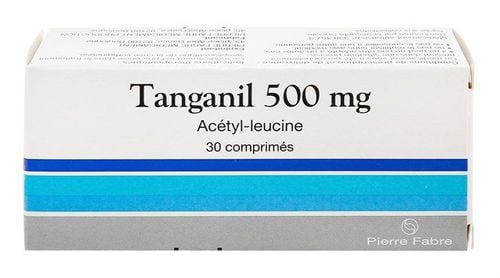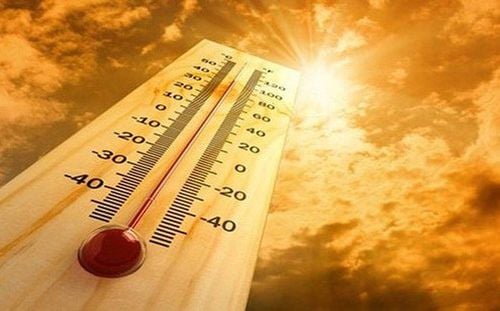This is an automatically translated article.
The article was professionally consulted by Specialist Doctor I Nguyen Hong Phuc - Emergency Resuscitation Doctor, Emergency Resuscitation Department - Vinmec Phu Quoc International General Hospital. The doctor has nearly 20 years of experience in Emergency Resuscitation.Heat stroke is caused by the body overheating, often from prolonged exposure or exertion to high temperatures. Preventing heatstroke from heat includes drinking enough fluids and avoiding extreme heat.
1. Thermal shock
During this time, the whole country is experiencing an intense heat wave with outdoor temperatures frequently above 40 degrees Celsius. This can lead to heat problems such as sunburn, cramps, fainting, heatstroke. ... of which the most dangerous is thermal shock.Heat stroke (or heatstroke, heat stroke) is a serious type of heat illness. Normally, the thermoregulatory center keeps the body temperature at a constant level, not changing much according to the impact of the environment. When exposed to prolonged hot sun, exertion causes the thermoregulatory center to be damaged or can no longer control that balance, the body temperature will increase sharply, causing disturbances in body functions, especially nervous system, which can lead to coma and death.
The target group at high risk of heat stroke is:
The elderly, children, women: Those with poor tolerance People with chronic diseases such as cardiovascular disease, liver disease, cancer, .. Outdoor workers such as workers, farmers, sports athletes, soldiers training in the field, delivery workers,... All patients have the common characteristic of working long hours in the field. hot and sunny conditions, do not rest and fully replenish water and electrolytes.
The most common complications in patients with late acute heat stroke are convulsions, rhabdomyolysis, renal failure, prolonged coma, irreversible neurological and other organ damage, and even death. .
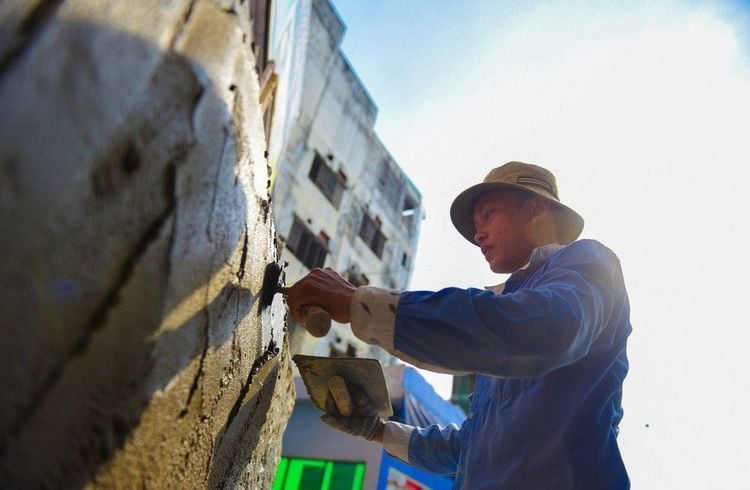
2. Manifestations of heat shock and how to handle it
Heat stroke can have a sudden or gradual onset. Some manifestations of heat stroke are:Excessive sweating, muscle pain, muscle weakness, cramps, dizziness, headache, fatigue, nausea, vomiting, dizziness or fainting. High fever over 39-40 degrees Celsius Dry, hot skin. Consciousness disturbances such as delirium, convulsions, coma. This is a potentially life-threatening condition that should be treated on the spot and then taken to the emergency room. How to handle when the patient shows signs of heat stroke by cooling down, cooling the body quickly and supportive care measures through the following steps:
Quickly move the victim out of the hot area, into a place. cool. Lay victim down, remove clothing. Use cold water or a wet towel to cover the entire body of the person with heat stroke, and use a fan to cool down. Can spray water on people, use fans, put people in ice water. Give water immediately if awake and not vomiting much. At the same time, immediately call an ambulance and transfer the patient to the nearest medical facility. On the way, need to open the air conditioner or ambulance window, continue to apply a wet towel and cold water on the body to cool down. Intravenous fluids are given if possible and the patient's body temperature is always monitored. If the patient already has kidney damage, ongoing dialysis may be required. Intensive care depends on the patient's condition.
3. Heat shock prevention
If you have to go out in the sun, the intense sunlight hits your skin causing your body temperature to rise. Once there, the most effective prevention would include drinking enough fluids and avoiding extreme heat.3.1. Always cover up when outdoors Wear sunscreen : Sunscreen jackets are often designed with materials that can block both UV rays and reduce heat absorption, which is very suitable for health protection from harsh sunlight , especially on summer days. Currently, there are more and more types of good sunscreen, not only for women but also for children, adults and men to protect health and skin.
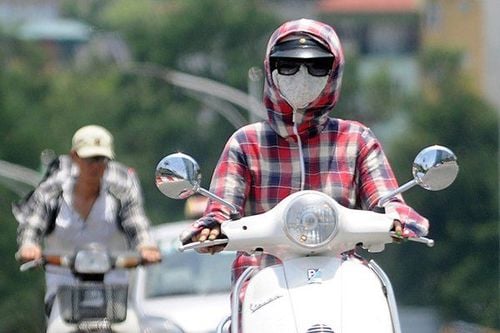
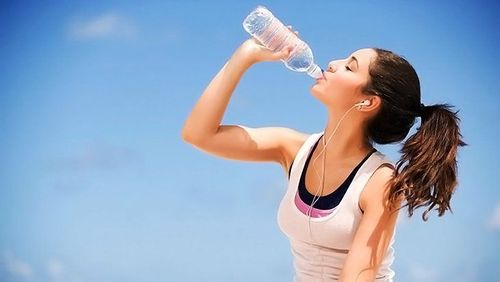
3.4. Snack Eat foods that are easy to digest. Avoid junk food, instead opt for fruit and salad snacks that are easy to digest, provide energy, and are cool. It is necessary to limit some spices or spicy and hot foods because they can make the body hotter and uncomfortable.
3.5. Apply sunscreen The sun can lead to sunburn and pigmentation. Use sunscreen to protect your skin from sun damage. More attention should be paid to choosing a sunscreen with the right SPF and PA rating.
3.6. Wearing sunglasses Exposure to bright sunlight, which contains UV rays during the summer, can damage your eyes, causing many eye diseases such as: conjunctivitis, keratitis, dry eyes,... Wearing glasses Shading when going out will help protect your eyes.
3.7. Strengthening exercise Strength training not only makes the body more supple and full of life, but also helps to increase the ability to adapt to harsh weather.
Please dial HOTLINE for more information or register for an appointment HERE. Download MyVinmec app to make appointments faster and to manage your bookings easily.






